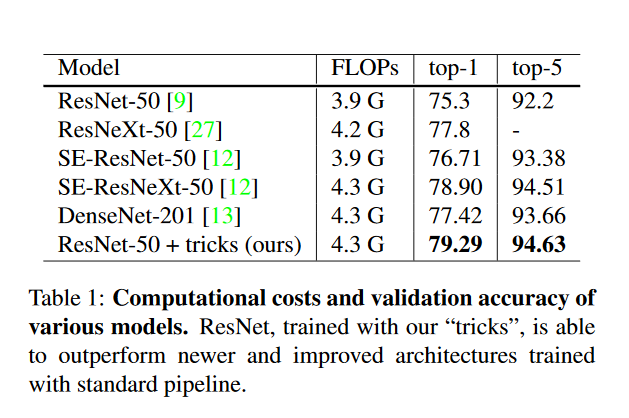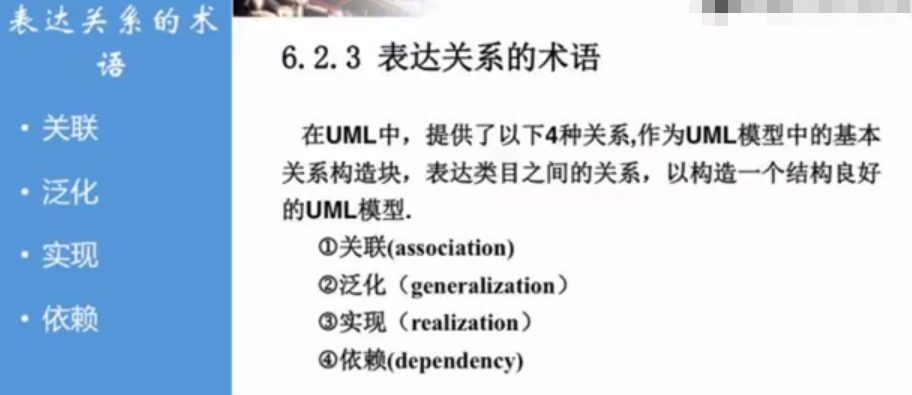理解Python:十大异常处理案例
在Python编程中,异常处理是一项重要的技能。它允许我们在遇到错误或异常情况时,不会程序直接中断,而是采取合适的处理策略。下面列举了十大常见的Python异常处理案例:
- 除以零(ZeroDivisionError):
try:result = 1 / 0except ZeroDivisionError as e:print("Error: ", str(e))
- 文件不存在(FileNotFoundError):
filename = "non_existent_file.txt"try:with open(filename, 'r') as file:content = file.read()except FileNotFoundError as e:print("Error: ", str(e)))
- 类型错误(TypeError):
```python
def add_string_numbers(s1, s2):
return int(s1) + float(s2)
try:
result = add_string_numbers(‘1’, ‘2.0’)
except TypeError as e:
print(“Error: “, str(e)))
4. **逻辑错误(Logic Error)**:```pythondef calculate_average(lst):if not lst:return "List is empty"else:total = sum(lst)average = total / len(lst)return averagetry:result = calculate_average([1, 2, 3], [4, 5, 6]])except Exception as e:print("Error: ", str(e)))
- 资源不足(Resource Insufficient):
def process_large_file(file_path):try:with open(file_path, 'r') as file:for line in file:# 这里处理大型文件,可能会消耗大量内存或CPU时间passexcept Exception as e:print("Error processing large file: ", str(e)))
- 无限循环(Infinite Loop):
```python
def infinite_loop():
while True:print("This is an infinite loop!")
infinite_loop()
7. **异常传播(Exception Propagation)**:```pythontry:a = 10 / 0except ZeroDivisionError as e:print(f"Error: {str(e)}}")
- 特定异常捕获(Specific Exception Catching):
```python
def divide_numbers(a, b):
try:
except ZeroDivisionError:result = a / breturn result
print("Error: Division by zero is not allowed.")return None
number1 = 10
number2 = 0
result = divide_numbers(number1, number2)
if result is not None:
print(f”The division result is {result}).”)
9. **异常处理链(Exception Handling Chain)**:```pythondef calculate_total(numbers):total = sum(numbers)if total < 0:raise ValueError("Total cannot be negative.")return totalnumbers = [1, 2, 3], [-4, -5, -6]]try:result = calculate_total(numbers)print(f"The total is {result}).")except ValueError as ve:print("Error: ", str(ve)))
异常处理与程序结构(Exception Handling and Program Structure):
```python
class Calculator:
def add(self, a, b):try:return a + bexcept Exception as e:print(f"Error in addition: {str(e)})}")
def subtract(self, a, b):
try:return a - bexcept Exception as e:print(f"Error in subtraction: {str(e)})}")
calculator = Calculator()
numbers1 = [2, 3]
numbers2 = [-4, -5]
try:
result_addition = calculator.add(numbers1, numbers2))
print(f”Result of addition: {result_addition}).”)
result_subtraction = calculator.subtract(*numbers1, *numbers2))print(f"Result of subtraction: {result_subtraction}).")
except Exception as e:
print(“Error: “, str(e)))
```
以上案例展示了Python中如何通过try-except块来处理和控制异常。这样可以使程序更健壮,避免因为偶然的错误导致程序崩溃。



































还没有评论,来说两句吧...